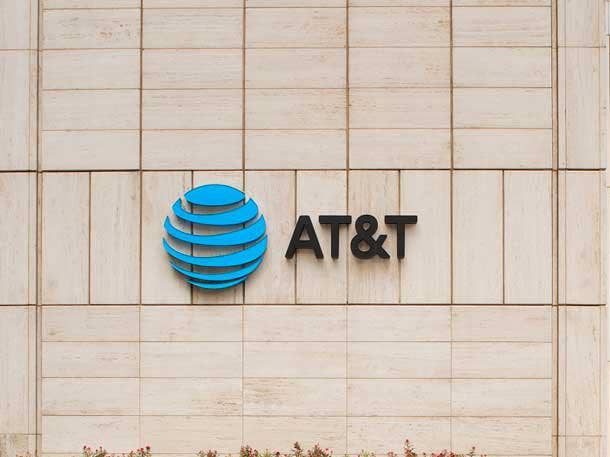AT&T 5G, Broadband To Propel Carrier's Growth In 2020, Execs Say
The carrier giant sees mobility momentum and fiber as its path to profitable growth in 2020 as it refocuses on its core telecom business.

AT&T plans to lean heavily on its mobility segment and promising fiber growth opportunities to accelerate the business in 2020, the carrier's executives said Wednesday.
"Our road map is set for the next three years," Chairman and CEO Randall Stephenson told investors during AT&T's fourth-quarter 2019 earnings call. "We will continue to invest aggressively, and at top-tier levels, into our core businesses. Leading in 5G is critical for AT&T, and we are not slowing down."
AT&T's 5G network covers 50 million people today and the carrier said that 5G device adoption will drive its upgrade cycle in 2020. AT&T has targeted second-quarter 2020 for the deployment of a nationwide 5G network.
[Related: AT&T 5G A Reality For Partners As Carrier Restructures Alliance Channel, ACC Business]
AT&T in October began working with Elliott Management when the activist investor took a larger stake in the Dallas-based telecom. AT&T plans on freeing up another $2 billion in 2020 and will "streamline" its portfolio of nonessential assets this year, Stephenson said.
Business wireline services revenue dipped by 1.7 percent during fouth-quarter 2019 to $6.71 billion compared with $6.59 billion a year ago, which the carrier attributed to sales declines of about $350 million in legacy products. Total business revenue factoring in business wireless, however, climbed 3 percent in the fourth quarter and helped business solutions revenue grow, said John Stephens, AT&T's senior executive vice president and CFO.
AT&T's fiber segment continued its growth in 2019's final quarter, adding nearly 200,000 customers, bringing AT&T's total to nearly 4 million fiber customers—both residential and business users—across 14 million locations. Stephens said the fiber segment has "lots of room" to grow.
The greatest opportunity for AT&T's enterprise segment is to significantly grow the fiber base and broadband revenue, said John Stankey, CEO of WarnerMedia and president and COO of AT&T. Fiber represents an organic market-share growth opportunity on an existing product, he said.
2019 was the first year that AT&T saw "stable" reseller revenue throughout the year, which grew sequentially year over year, Stephens added. "It's already contributing to net service growth we saw in the quarter and the year."
AT&T no longer breaks out reseller or channel revenue in its quarterly financial reports.
AT&T's mobility segment revenue totaled $18.70 billion during fourth-quarter 2019 compared with $18.56 billion in the same quarter a year ago, with service revenue climbing nearly 2 percent during the quarter. The overall communications business, which includes high-speed internet, video and legacy voice services, dropped to $36.452 billion during the quarter from $37.22 billion in the fourth quarter of 2018, which the carrier attributed partially to a seasonally slower quarter for residential services.
AT&T's WarnerMedia unit, which includes Turner and premium TV channel HBO that AT&T acquired as part of its Time Warner purchase in 2018, reported revenue of $8.92 billion in the quarter compared with $9.23 billion last year. Despite the 3.3 percent decline, the carrier said it expects to see more opportunities for revenue growth from this segment in the future.
For the fourth quarter, which ended Dec. 31, net income was $2.34 billion, down from $4.86 billion in fourth-quarter 2018. Diluted earnings per share during the quarter was 89 cents, up 3.5 percent compared with 86 cents one year ago. Total revenue declined 2.4 percent to $46.82 billion, down from $47.99 billion in the same quarter one year earlier, which AT&T said was due to lost content licensing revenue at WarnerMedia in preparation for AT&T's HBO Max launch.